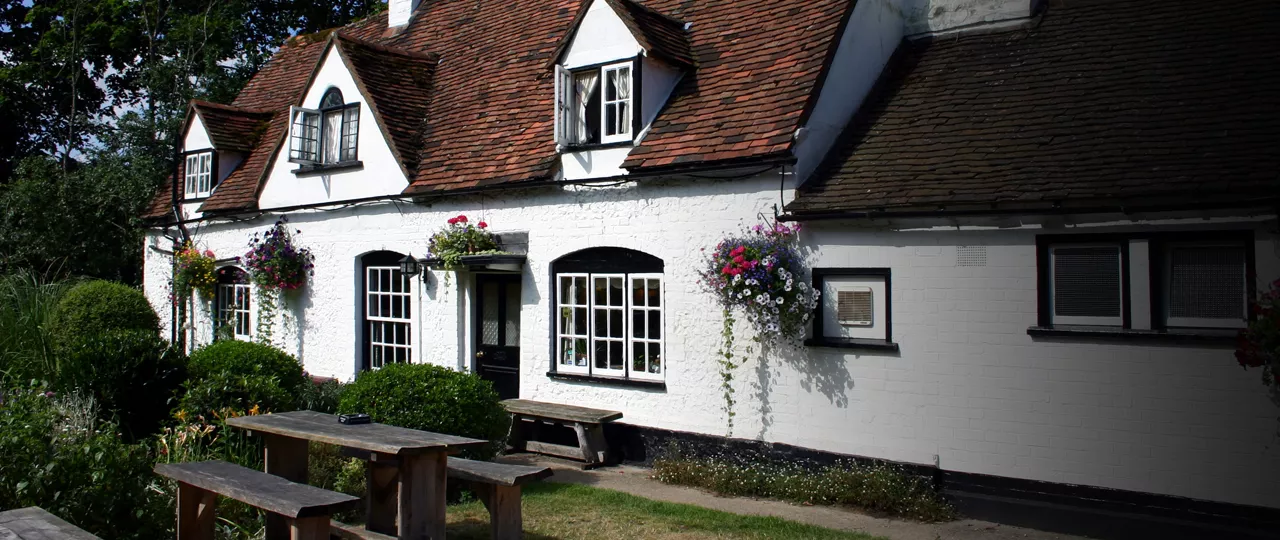
Guy Robinson
Senior Director, Head of Residential Agency


Senior Director, Head of Residential Agency
Changing habits, healthier lifestyles and a move away from smaller centres have all contributed to the number of pubs dropping from 67,800 in 1982, to 51,900 in 2014. New statistics from CAMRA show that 29 pubs a week are being lost across the UK.
But what is behind the downfall and what can pubs do to keep their doors open?
Campaigners claim that planning laws are behind the closure of many pubs. As part of national permitted development rights, investors often don’t need planning permission to change the use of a pub. This has seen many across the country being converted into supermarkets or flats.
What can be done?
As part of a push to recognise the importance pubs play in the local community, legislation was introduced allowing communities to nominate their local pub as an asset of community value (ACV). When a pub is nominated, it automatically receives planning protection. This means it’s no longer an easy target for investors.
As part of this process, communities can buy their pub outright. CAMRA run a scheme to help community groups purchase their local. The Community Pub Business Support Programme is a £3.62m project to increase the number of community-owned pubs in England.
Figures show that the UK pays some of the highest beer taxes in the EU, twice the European average. In Germany, beer duty is just 4p a pint compared to 54p here. While countryside pubs tend to offer cheaper drinks than city centre establishments, according to Citybase, the average pint was still £3.46 in 2015 – up 15p on the previous year’s figures.
What can be done?
A tax cut on beers, according to the Centre of Economics and Business Research, would benefit not just consumers but the industry itself. When the Government scrapped the tax escalator in 2014, it saved 1,000 pubs and 26,000 jobs, the report claims. So campaigners argue further tax cuts are needed.
Some have complained about the rise of massive ‘pubco’ breweries strangling smaller pubs through high rents and low margins. Being independent of breweries often means pubs can make more profit from beer sales and enjoy lower rent. But it costs a lot of upfront capital to buy a pub outright and it’s a sector the banks have been less keen to lend to.
What’s being done?
The Department for Business, Innovation & Skills has revised the pubs code, which comes into force in July. Tenants of pub companies and breweries that operate 500+ pubs will be free of the so-called ‘beer tie’ and will be able to request a Market Rent Only (MRO) agreement. This means they will no longer have to buy drinks and other products direct from their landlords.
While pubs are often referred to as boozers, it seems we might have to change this nickname with just one in 10 people visiting solely for the purpose of having a drink, according to a NPD survey. Furthermore, the type of drink they crave is also changing.
What can you do?
Food seems to be the way forward for many pubs, though even then you need to find a niche, whether it’s gastro pubs, Michelin-starred dining or home-cooked, locally-source produce. Food discounts and meal deals are also ever popular.
While the margins on food aren’t that great - and it’s more costly to produce food than serve drinks - if you don’t offer it these days, you often won’t sell the drink. And it’s not just Sunday lunches or burgers that are popular – the survey found that visits to pubs for breakfast have grown by 128% since 2008.
Outside of the food option, there is a call for pubs to offer more than just a few lagers and a couple of ales. Craft beers are becoming more popular, whether brought in or brewed on site, while wine selection is becoming increasingly important.
A Carlsberg report found that 41% of ‘wet-led’ UK pubs still don’t offer a wine list. The report’s author says this shows how some pubs are lagging behind customers’ expectations, with many Millennials willing to pay a premium for a good glass of wine, instead of the usual house red or white.
Many country pubs err on the traditional end of the scale. But even in villages and small towns, people’s attitudes towards pubs are changing. People are more time-poor, so even getting people out of their own houses is growing to be more of a challenge.
What can you do?
There are a number of potential techniques to lure people back into pubs. A survey from holidaycottages.co.uk, a supporter of CAMRA, found its customers still see the pub as a prominent feature to their getaway, with searches for a cottage near a pub increasing by 158% between 2014 and 2015.
Technology in pubs is also important. In a 2015 survey, over half said technology improves customer experience in pubs and bars. For younger customers (24 to 35 years old) this rose to 67%.
Some pubs have tried to make their money out of being ‘sports pubs’. But getting a license to show football games can be expensive – as much as £1,000 a month. Also, sport watchers don’t spend as much on food as, say, a family at the weekend.
For pubs to survive in villages, they need to be part of the community. It’s a British way of life. They need to support and be supported in return. They need to offer their customers something they want. They need to be more proactive in the community.